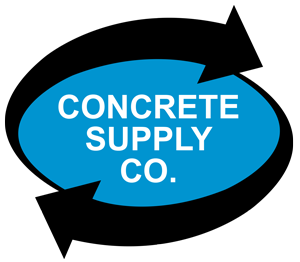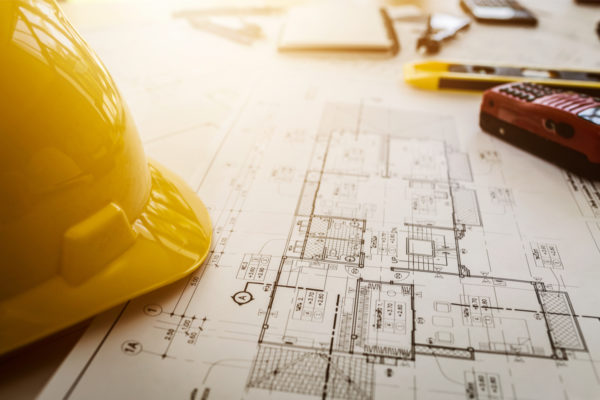Coronavirus Company Response
We are implementing a social distance work plan to include preparing our employees, systems, and communication infrastructure to work remotely and reduce workplace and job site situations where we could have multiple employees and customers within close proximity of each other. While we cannot eliminate every individual situation where people must interact, we are preparing for those interactions to be minimal and with appropriate distance as recommended by the CDC and WHO. We are focused most acutely on mission critical functions, including our dispatch command centers, plant operations, fleet equipment, and systems management to ensure those operations continue working smoothly and seamlessly for our customers.
Concrete Supply Co is very fortunate that the vast majority of our raw materials are sourced or available in North America and predominately within both Carolinas. At this time, we do not anticipate significant disruptions or shortages in our current supply of raw materials as a result of COVID-19. Our procurement, supply chain, and operations teams are working diligently to remain proactive and thorough in our efforts to continue servicing your needs. In addition, our sales and operations teams in both Carolinas continue to be fully-focused on delivering the quality products and service you expect from Concrete Supply Co.


